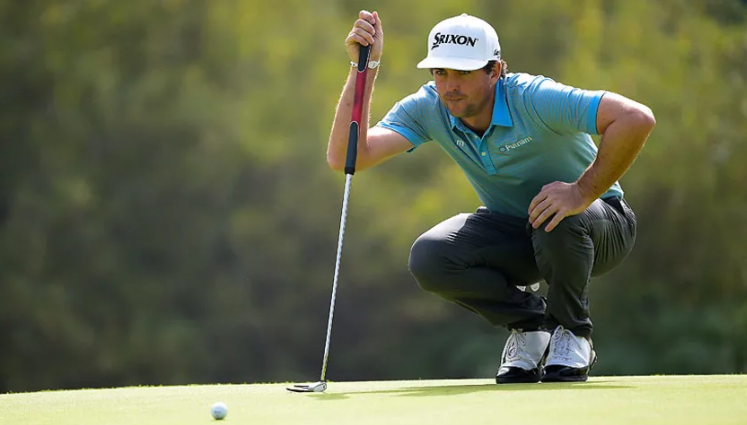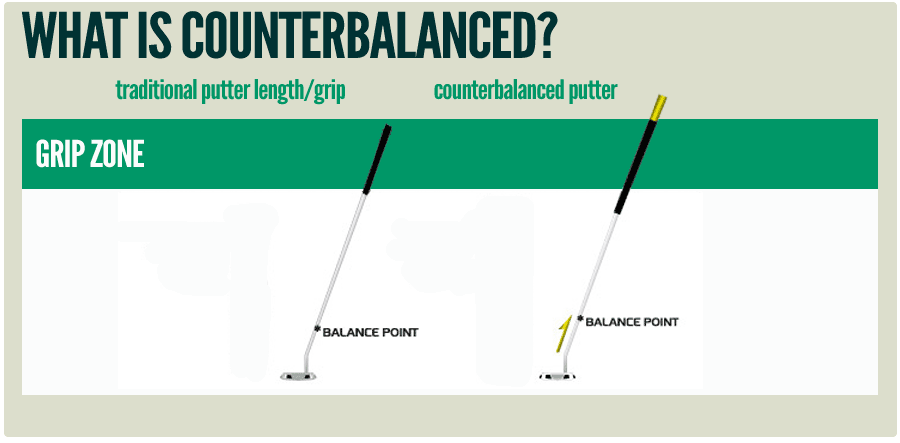How to improve your putting woes with a counterbalanced putter
FOUR reasons why you should consider a counterbalanced putter this season...


Counterbalanced putters have gained in popularity over recent years with amateur and professional golfers alike - especially with a flurry of players such as Keegan Bradley and Justin Rose bagging majors with one in the bag.
While counterbalanced putters might not be complete miracle workers in the aftermath of the anchored ban of January 2016, its clever technology does at least increase a putter's overall moment of inertia (MOI).
In short, this helps make a rusty putting stroke become much more reliable.

As you can see from this Odyssey Tank counterbalanced putter below, the weighting and total length differs from a conventional putter.
With a counterbalanced putter head weighing some 50 grams more than a traditional putter head, additional weight is placed above the golfer's hands.
This is achieved by extending the shaft length, adding more weight to the end of the shaft itself.

GolfMagic sat down with professional golfer and The Belfry's custom fit technician Neil Wain to learn what he considers as the four biggest benefits of using a counterbalanced putter over a traditional one...
#1 - BETTER DISTANCE CONTROL
The weight can really help with the rhythm and 'pendulum' motion of the stroke, resulting in better distance control.
This is particularly important for those who struggle from distance on the greens – those who seem to rack up those dreaded three-putts.
A lot of that is in the head, but a counterbalance putter helps some golfers with that pendulum stroke for more feel over greater distance.

